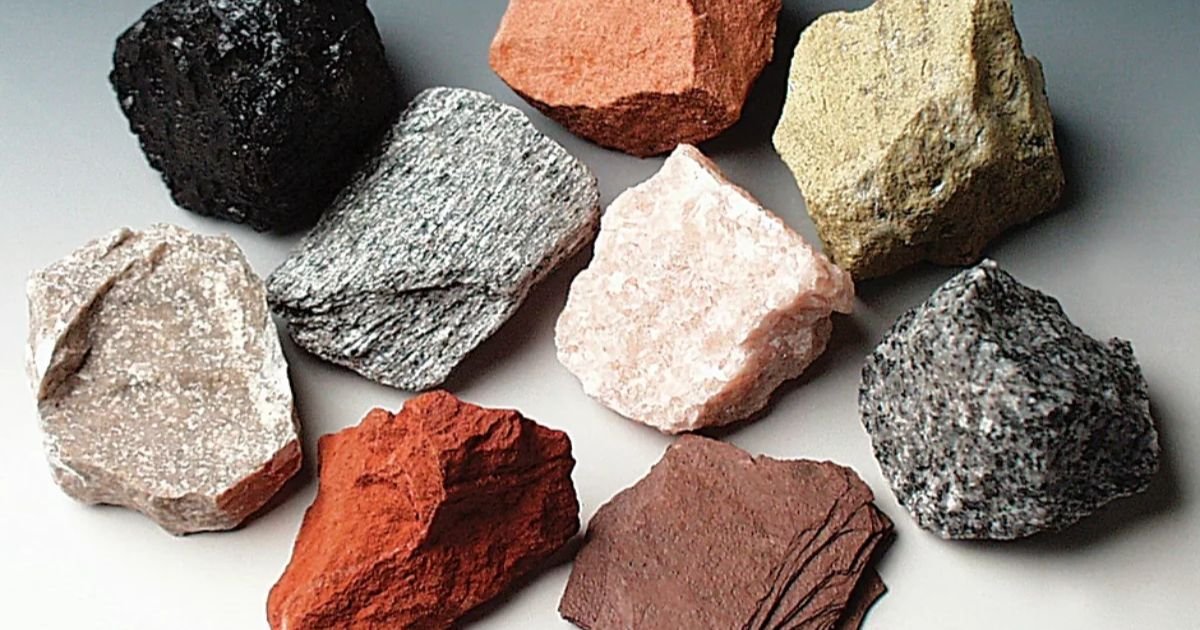Introduction
When it comes to natural stones, few are as versatile and widely used as limestone. From ancient architecture to modern home design, limestone has been a favored material for thousands of years. But did you know that there are many different types of limestone, each with unique characteristics and applications?
Understanding the types of limestone can help you make informed decisions for your project, whether it’s building a home, designing a landscape, or creating a unique interior space. In this comprehensive article, we’ll take a deep dive into the various types of limestone, their properties, and how they are used in different industries. By the end of this guide, you’ll have a clear understanding of the types of limestone available and how to choose the right one for your needs.
Let’s explore the beautiful world of limestone together!
What is Limestone?
Before diving into the different types of limestone, it’s important to understand what limestone is. Limestone is a sedimentary rock composed primarily of calcium carbonate, usually in the form of calcite. It forms over millions of years from the skeletal remains of marine organisms like coral and shells. This makes limestone not only a versatile building material but also a testament to Earth’s ancient history.
One of the unique features of limestone is its range of colors, textures, and finishes. These differences arise from the conditions in which the stone forms and the presence of additional minerals. As a result, limestone can be tailored to a wide variety of design aesthetics and functional needs.
Types of Limestone and Their Unique Features
Each type of limestone has distinct properties that make it ideal for specific applications. Whether you’re building, landscaping, or creating decorative accents, understanding the different types of limestone will help you choose the perfect stone for your project.
Let’s take a closer look at the most popular types of limestone.
1. Travertine
One of the most well-known types of limestone, travertine is prized for its soft texture and beautiful natural colors, which range from ivory and tan to rust and gray. Formed in hot springs, travertine has a porous surface that can be left as is or filled for a smoother finish.
Travertine is often used in:
- Flooring: Its natural warmth and beauty make it a popular choice for indoor and outdoor flooring.
- Countertops: Travertine countertops add a unique and rustic feel to kitchens and bathrooms.
- Wall cladding: Travertine can be used for both interior and exterior wall cladding, adding a natural elegance to any space.
2. Chalk
Chalk is a fine-grained, soft limestone that is primarily composed of microscopic marine organisms called coccolithophores. This type of limestone is known for its bright white or light gray color and its porous texture.
Chalk is commonly used in:
- Construction: Chalk is a popular material for making cement and lime, essential ingredients in concrete and mortar.
- Landscaping: Chalk can be used as a soil conditioner to raise the pH of acidic soils, making it useful in agriculture and gardening.
- Art: Historically, chalk has been used in artwork for drawing and as a pigment for painting.
3. Coquina
Coquina is one of the more unusual types of limestone, formed almost entirely from fragmented shells. It has a coarse texture and a light, sandy color that gives it a distinctive appearance.
Coquina is often used in:
- Construction: In regions where coquina is abundant, it is used as a building material for homes, walls, and fortifications.
- Decorative stone: Coquina’s unique texture and appearance make it a popular choice for decorative stone in landscaping and garden projects.
4. Oolitic Limestone
Oolitic limestone is composed of small, spherical grains called ooids, which are formed by the accumulation of calcium carbonate around a nucleus, often a sand grain or shell fragment. This type of limestone has a fine texture and is typically light in color, such as white, beige, or light gray.
Oolitic limestone is commonly used in:
- Architecture: Due to its fine texture and uniform appearance, oolitic limestone is a popular choice for building facades, columns, and other architectural features.
- Sculpture: Oolitic limestone’s smooth texture makes it a favored material for carving sculptures and intricate designs.
- Paving: Its durability and non-slip properties make it ideal for outdoor paving and walkways.
5. Fossiliferous Limestone
As the name suggests, fossiliferous limestone contains visible fossils embedded in the stone, making it a fascinating and unique material. This type of limestone is often dark in color and varies in texture depending on the size and concentration of the fossils.
Fossiliferous limestone is typically used in:
- Architectural projects: Fossiliferous limestone is used in decorative cladding, flooring, and feature walls, adding a natural and historical element to the design.
- Museum displays: Due to its fossil content, this limestone is often showcased in museums and educational exhibits.
- Landscaping: Fossiliferous limestone can add a natural, rugged appearance to gardens and outdoor spaces.
6. Tufa
Tufa is a porous, soft type of limestone formed by the precipitation of calcium carbonate from water, typically around springs or in caves. It is lightweight and easy to work with, making it a versatile material for various applications.
Tufa is often used in:
- Garden design: Tufa is popular in landscaping, particularly for creating rock gardens, water features, and garden walls.
- Building material: Tufa’s lightweight nature makes it suitable for use in smaller construction projects and decorative stonework.
7. Lithographic Limestone
Lithographic limestone is a fine-grained type of limestone that was historically used in the printing process known as lithography. Its smooth texture and high density make it ideal for creating detailed prints.
Although it is no longer widely used for printing, lithographic limestone is valued for:
- Architectural features: Lithographic limestone’s fine texture makes it a good choice for detailed carvings and decorative elements in buildings.
- Flooring: This type of limestone is durable and can be polished to create a smooth, glossy surface, making it ideal for flooring in high-end projects.
Factors to Consider When Choosing the Right Type of Limestone
Now that we’ve explored the various types of limestone, it’s important to understand how to choose the right one for your project. Here are some key factors to consider:
Color and Aesthetic Appeal
Each type of limestone comes in a unique range of colors, from soft creams and whites to darker grays and browns. Consider the overall aesthetic of your project and choose a limestone color that complements the surrounding environment and design elements.
Durability and Strength
Not all types of limestone are created equal when it comes to strength and durability. Some limestones, like travertine and oolitic limestone, are well-suited for high-traffic areas and exterior applications, while softer limestones like tufa are better suited for decorative purposes.
Finish Options
Limestone can be finished in a variety of ways to achieve different textures and appearances. Some common finishes include:
- Polished: For a smooth, glossy surface.
- Honed: For a matte, non-reflective finish.
- Tumbled: For a more rustic, aged look.
Consider the type of finish that best suits your design needs and the specific type of limestone you are working with.
Environmental Factors
When selecting a type of limestone for outdoor projects, it’s important to consider environmental factors such as climate, exposure to moisture, and temperature fluctuations. Certain types of limestone are more resistant to weathering and can withstand harsh outdoor conditions.
Cost and Availability
The cost of limestone can vary depending on the type, source, and availability. Some limestones, like coquina and fossiliferous limestone, may be more expensive due to their unique composition and limited availability.
Step-by-Step Guide to Selecting the Right Type of Limestone
Choosing the right type of limestone for your project doesn’t have to be complicated. Follow this simple step-by-step guide to ensure you make the best choice.
Identify the Purpose of Your Project
Start by determining the primary use of the limestone in your project. Are you using it for flooring, wall cladding, outdoor paving, or decorative accents? The purpose of the project will influence the type of limestone that best suits your needs.
Consider the Aesthetic You Want to Achieve
Think about the overall look and feel you want to create. Do you want a modern, sleek appearance with polished limestone, or are you going for a more natural, rustic look with tumbled limestone? Consider how the color, texture, and finish of the limestone will contribute to the desired aesthetic.
Evaluate Durability and Maintenance Requirements
Different types of limestone require different levels of maintenance. For example, polished limestone may need regular sealing to maintain its shine, while honed or tumbled limestone may be more forgiving when it comes to wear and tear. Consider the maintenance requirements of each type and how they fit into your lifestyle or business needs.
Check Local Availability
Some types of limestone may be more readily available in certain regions. Before making your final decision, check with local suppliers to ensure that the type of limestone you want is available in your area.
Consult with a Professional
If you’re unsure about which type of limestone is best for your project, consult with a professional stone supplier or contractor. They can provide valuable advice based on your specific needs and help you choose the perfect limestone for your project.
Let’s explore the most famous and beautiful types of limestone.
Types of White Limestone
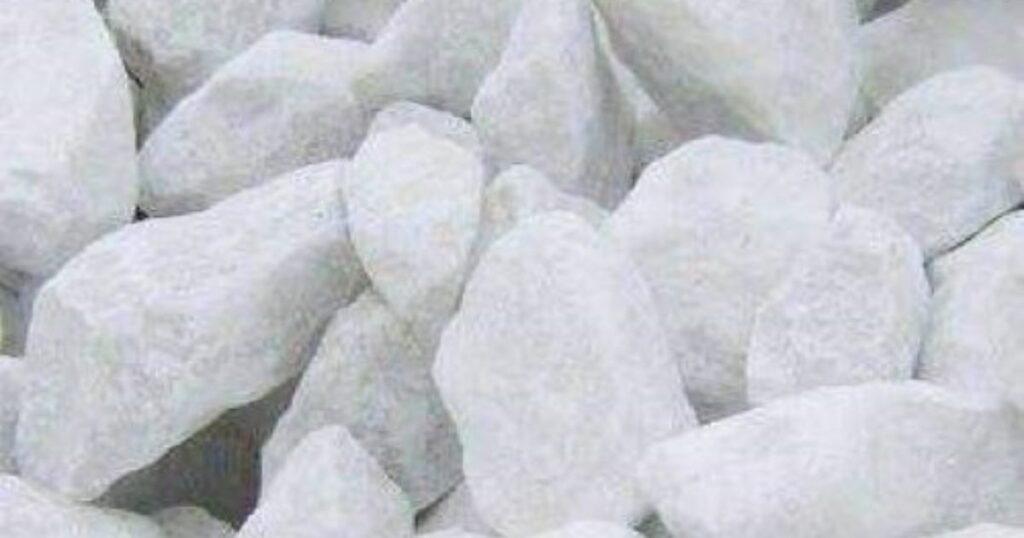
Renowned for its pristine fineness, Bianco Perlino Limestone showcases a timeless white palette. Excavated generally, in Italy, its subtle veining adds a touch of complication, making it a favored choice for luxurious architectural and interior designs.
Types of Beige Limestone
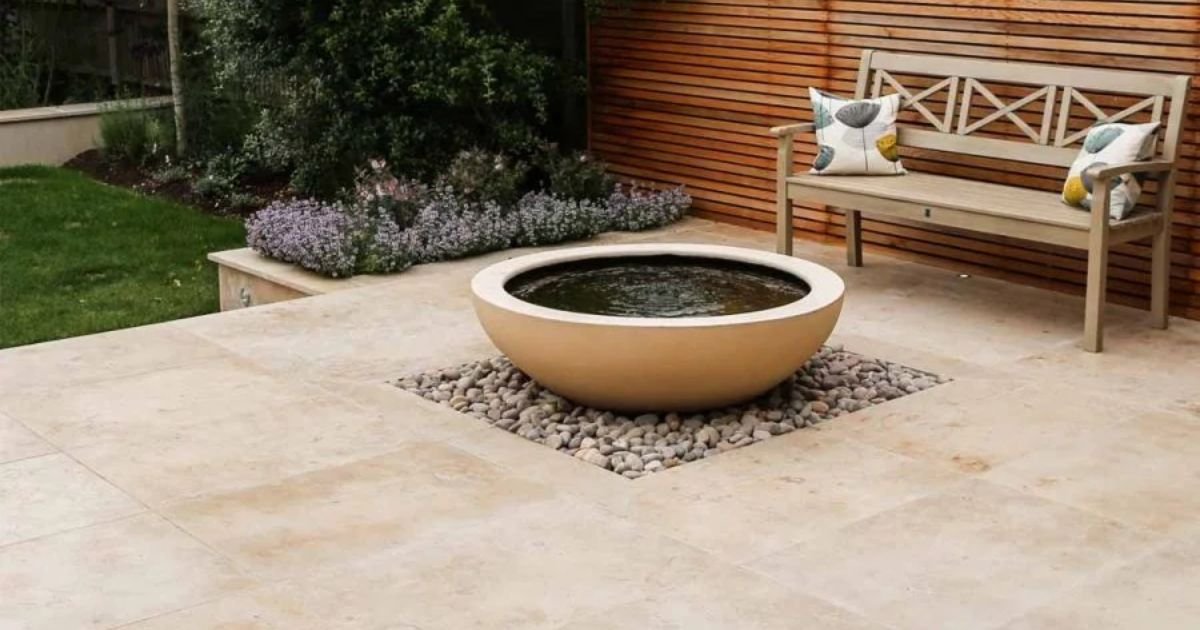
BEIGE PANGEA LIMESTONE
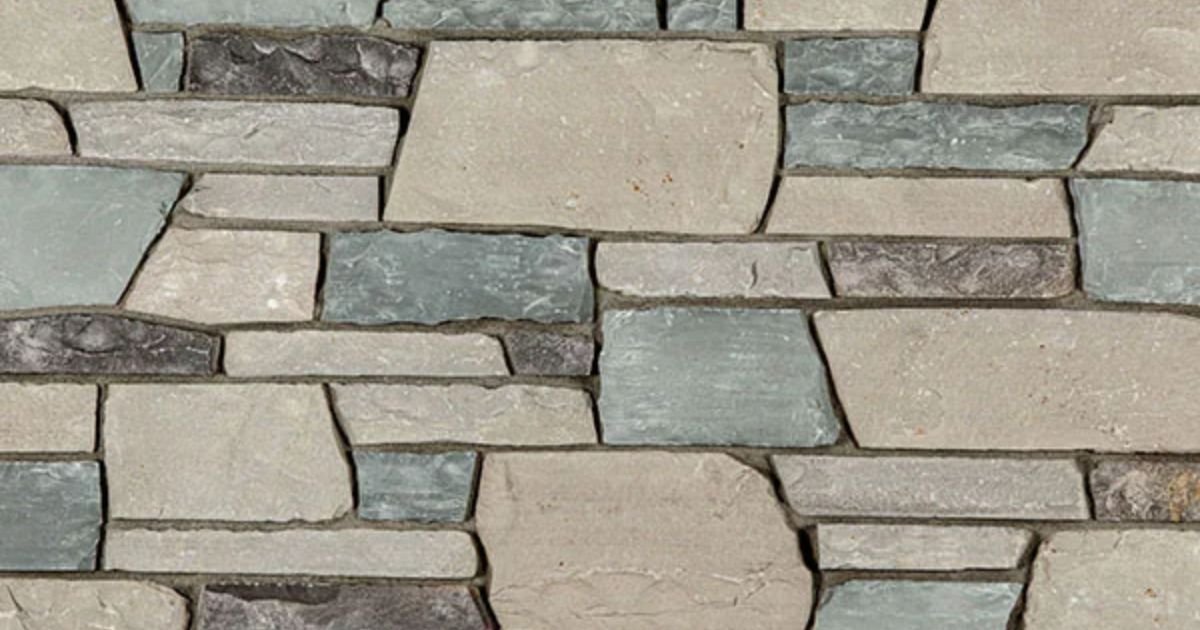
Hailing from Portugal, Beige Pangea Limestone boasts warm tones evocative of sun-kissed geographies. Its versatility shines in traditional and contemporary settings, where the gravestone’s natural charm enhances the air with a drinking gleam.
Types of Grey Limestone
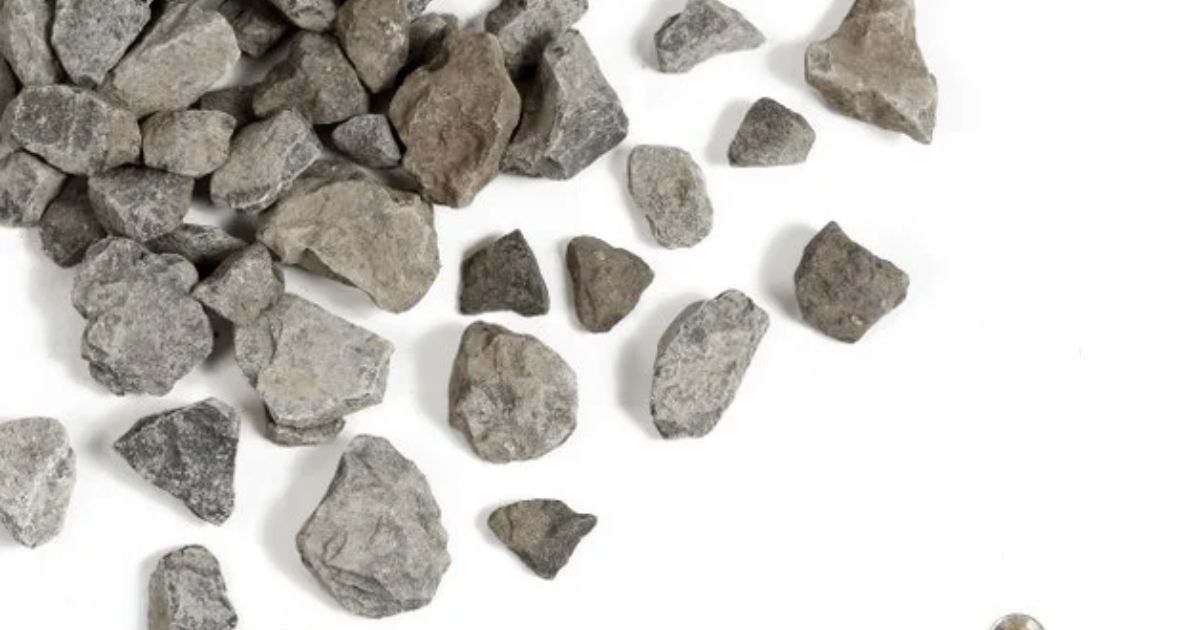
ALBORAN GREY LIMESTONE
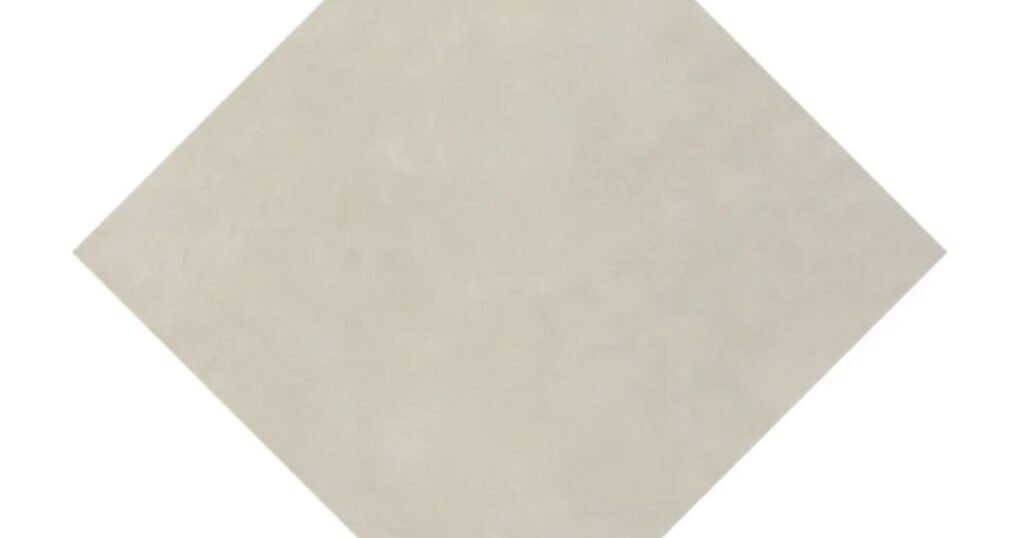
Originating from Spain, Alboran Grey Limestone’s relaxed, sophisticated demeanor is captivating. Its invariant appearance, coupled with subtle variations, makes it an ideal choice for systems seeking an ultramodern aesthetic with a touch of understated luxury.
TWILIGHT GREY LIMESTONE
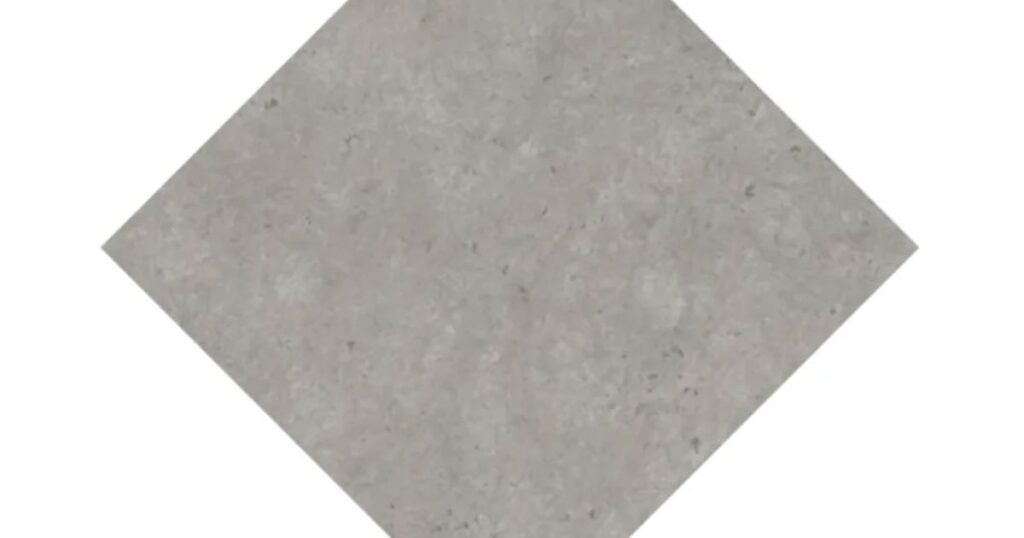
Quarried in Turkey, Twilight Grey Limestone unfolds a witching spectrum of greys. From soft tableware to deep charcoals, this gravestone adds depth and character to spaces, icing a timeless and protean appeal.
OSIRIS GREY LIMESTONE
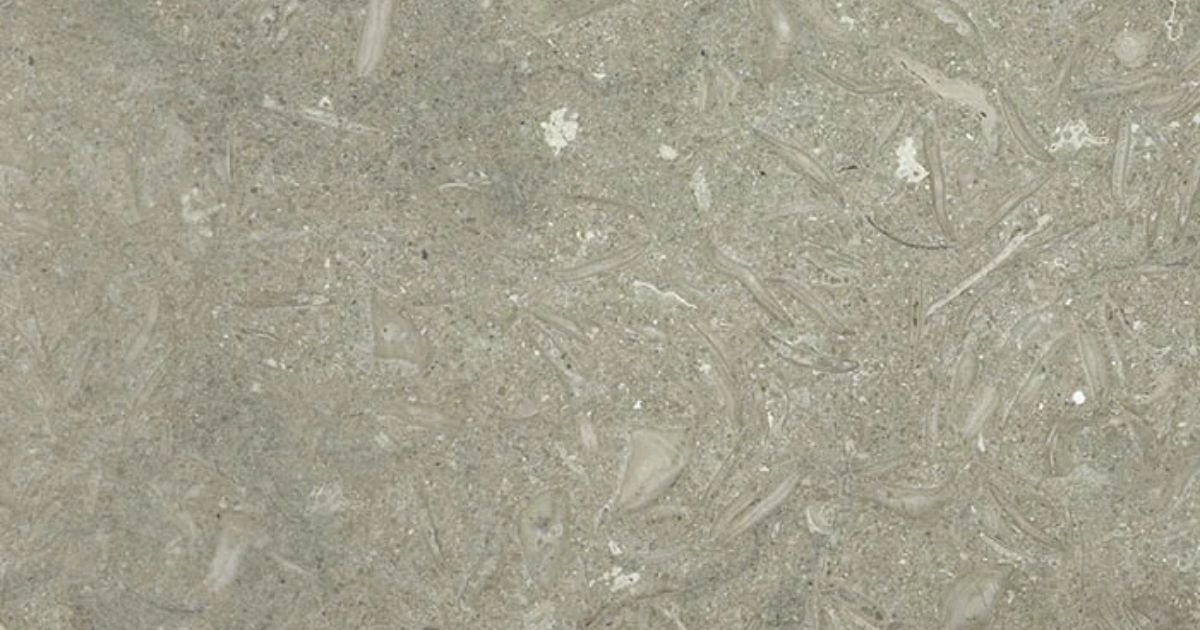
With origins in Egypt, Osiris Grey Limestone stands out with its unique mix of light and dark slate tones. Its textured face and earthy tinges elicit a sense of natural refinement, making it a distinctive choice for colorful operations.
GREY NAVY LIMESTONE
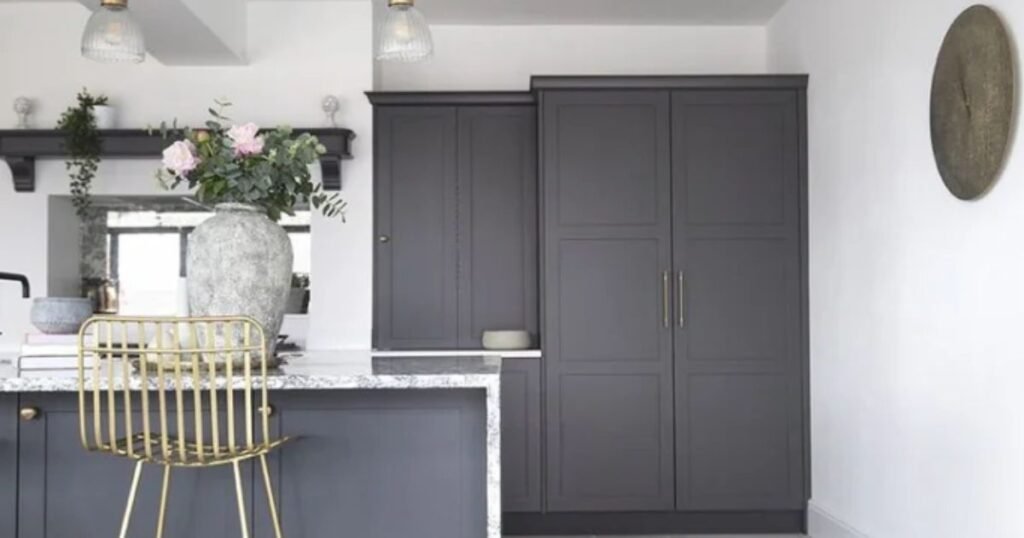
An exquisite choice sourced from Vietnam, Grey Navy Limestone showcases a striking mix of slate and blue tinges. Its distinctive appearance, evocative of serene waters, brings a touch of tranquillity to architectural and design endeavors.
Types of Brown Limestone
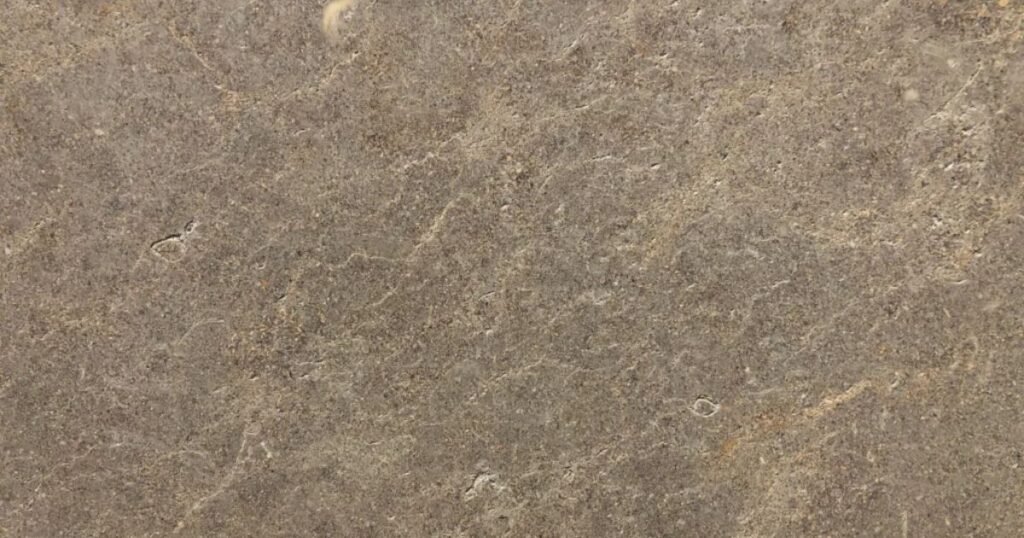
FOSILE BROWN

Hailing from Turkey, Fosile Brown Limestone exudes warmth with its rich, earthy brown tones. The gravestone’s intricate reactionary patterns add visual interest, making it a sought-after option for creating inviting and textured spaces. Types of Black Limestone
EBONY BLACK LIMESTONE
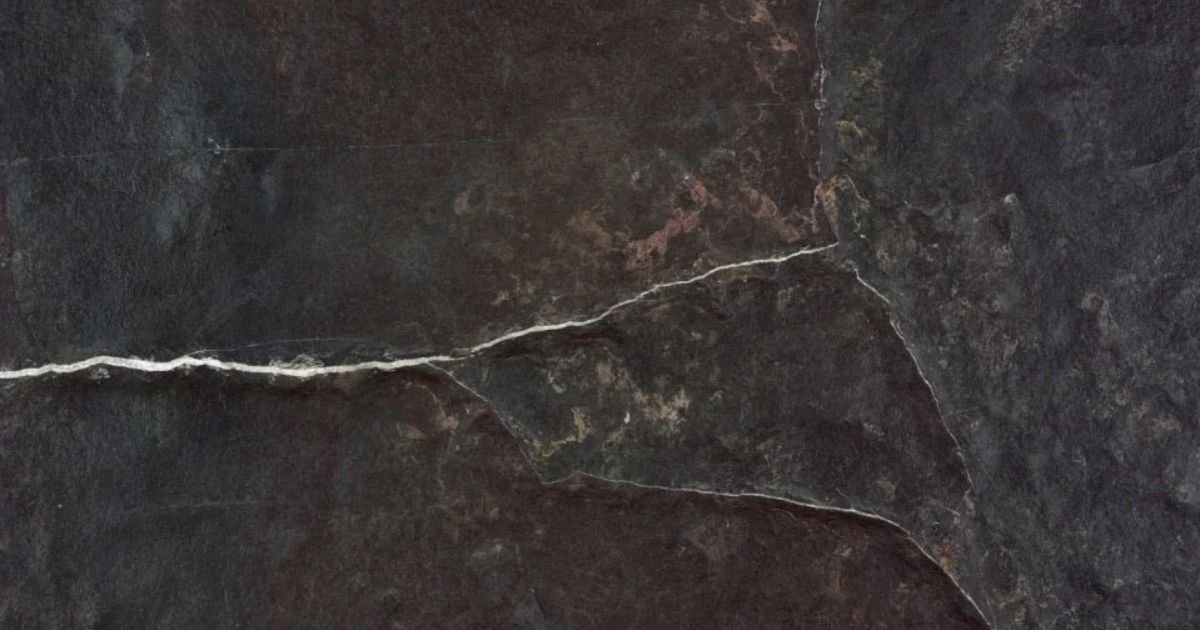
Delve into the dark appeal of Ebony Black Limestone, sourced from India. This jet-black stone, with its smooth texture, offers a dramatic background, adding a sense of riddle and complication to both inner and out-of-door designs. Each of these limestone kinds brings a unique character to architectural and design systems, reflecting the Earth’s geological art in every arbor.
FAQs About Types of Limestone
1. What is limestone used for?
Limestone is used in construction, architecture, landscaping, and decorative applications. Common uses include flooring, wall cladding, countertops, garden features, and building facades.
2. What is the most durable type of limestone?
Travertine and oolitic limestone are considered some of the most durable types, making them ideal for high-traffic areas and exterior applications.
3. Can limestone be used outdoors?
Yes, many types of limestone are suitable for outdoor use, including travertine, gray limestone, and coquina, due to their durability and weather resistance.
4. Does limestone come in different colors?
Yes, limestone comes in a wide range of colors, from soft creams and whites to dark grays and browns. The color of limestone depends on its mineral content and formation process.
5. Is limestone expensive?
The cost of limestone varies depending on the type, source, and availability. Some unique limestones, like fossiliferous limestone, may be more expensive due to their rarity.
6. How do you maintain limestone?
Limestone requires regular cleaning and sealing to protect it from stains and moisture. Use a pH-neutral cleaner to avoid damaging the stone’s surface.
7. Can limestone be polished?
Yes, limestone can be polished to achieve a smooth, glossy finish. Polished limestone is often used for flooring and countertops.
8. What type of limestone is best for countertops?
Travertine and polished limestone are popular choices for countertops due to their durability and aesthetic appeal.
9. Is limestone eco-friendly?
Limestone is a natural, sustainable material, making it an environmentally friendly choice for building and landscaping projects.
10. How is limestone formed?
Limestone is formed from the skeletal remains of marine organisms, such as coral and shells, which accumulate over millions of years and solidify into rock.
Conclusion
Limestone is a versatile and beautiful material that offers endless possibilities for construction, architecture, and design. With so many different types of limestone to choose from, it’s important to understand the unique characteristics of each type and how they can be used to enhance your project.
Whether you’re looking for the warmth of travertine, the rustic charm of coquina, or the historical elegance of fossiliferous limestone, there’s a type of limestone that’s perfect for your needs. By considering factors like color, durability, finish, and cost, you can confidently choose the right type of limestone to bring your vision to life.
Are you ready to explore the world of limestone? Start your project with the perfect type of limestone today and create a timeless, beautiful space!
Types of Limestone, limestone a different sedimentary rock, manifests in various switching colors. Then, we explore distinct types distributed by their alluring tinges.

